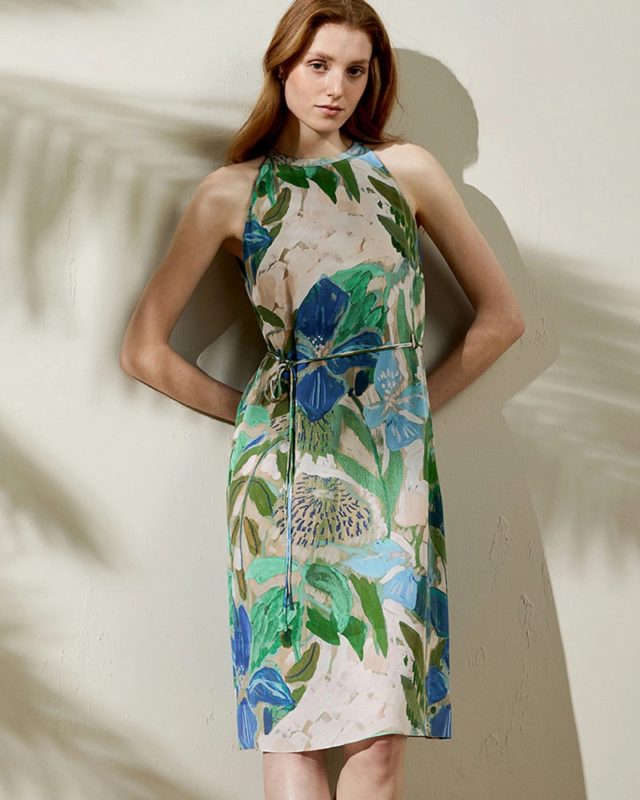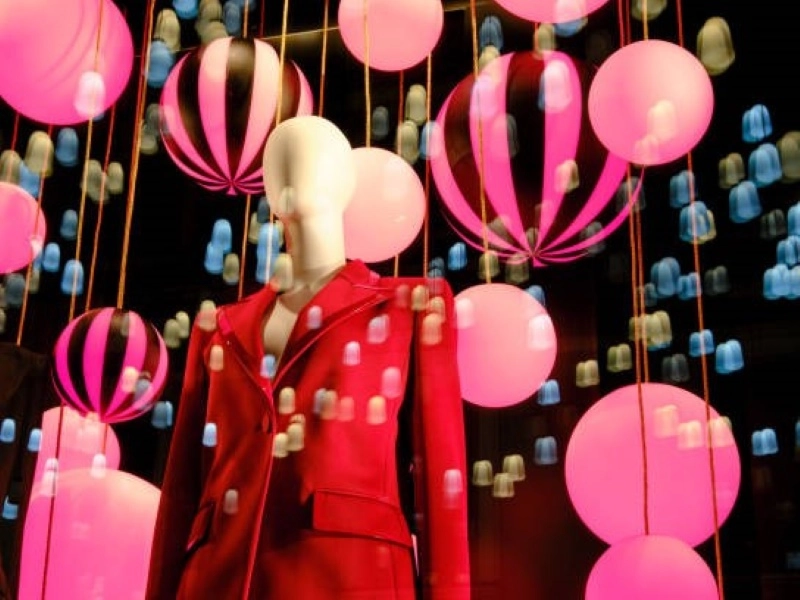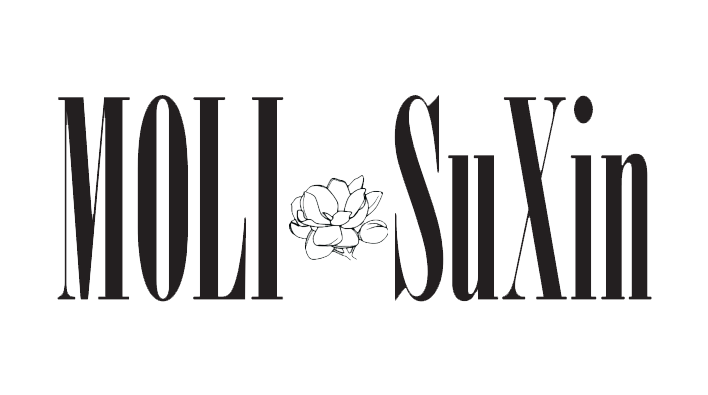Fashion has always been a dialogue between the past and the present. When it comes to festive clothing, this dialogue becomes even more meaningful. Each celebration carries its cultural identity, while the modern world continuously reshapes how we express it. The growing trend of fusion festive attire illustrates how designers, artisans, and consumers merge traditional craftsmanship with modern aesthetics to create clothing that honors heritage yet speaks to contemporary style.

The Revival of Cultural Heritage Through Clothing
In the age of globalization, people crave authenticity. While modern wardrobes evolve rapidly, many still seek connections to their roots. Festive clothing often represents the strongest link between culture and identity. For instance, embroidery patterns, handwoven fabrics, and symbolic colors have deep meanings in traditional garments. By reintroducing these elements into modern traditional clothing lines, designers celebrate cultural diversity while updating the look for today’s audience.
However, instead of replicating old designs, modern creators reinterpret them. A silk sari may be tailored into a sleek gown; a hanbok’s flowing skirt may inspire a minimalist silhouette. This careful blend of heritage and innovation allows individuals to express pride in their culture while embracing modern fashion sensibilities.
Modern Aesthetics Meet Timeless Techniques
The core of fusion fashion lies in balance. Designers aim to merge handcrafted techniques with cutting-edge design. This means maintaining the intricate detailing of traditional art while integrating modern fabrics, fits, and finishes. Lightweight materials replace heavy ones, while natural dyes combine with sustainable production methods.
Moreover, custom seasonal clothing trends now emphasize adaptability. A garment that once served only for ceremonial purposes can now transition into casual or semi-formal wear. For example, a cheongsam-inspired dress might feature contemporary cuts suitable for cocktail events, while still retaining its iconic mandarin collar and embroidery motifs.
Such adaptability shows how modern festive attire no longer belongs only to special occasions. Instead, it has evolved into a versatile expression of identity that fits various social settings without losing its festive spirit.
Customization as a Cultural Experience
Customization lies at the heart of today’s festive fashion movement. Rather than buying mass-produced pieces, consumers prefer garments that reflect their personal stories. Through customization, every element — from fabric choice to stitching pattern — becomes meaningful.
In fusion festive attire, customization not only ensures a better fit but also deepens the emotional connection between the wearer and the garment. The process allows individuals to select traditional patterns that resonate with their heritage while adjusting design elements to match contemporary aesthetics. For brands, this trend signifies a shift toward experience-driven fashion — where customers become co-creators of their own style narratives.
Color Symbolism and Emotional Expression
Color has always played an essential role in festive dressing. Red signifies luck, gold symbolizes prosperity, and white often represents purity. Yet, the modern reinterpretation of color in custom festive clothing lines extends beyond symbolism. Designers now experiment with subtle shades, metallic hues, and gradient transitions that bridge cultural significance with global trends.
These modern palettes maintain the emotional resonance of traditional tones while appealing to international fashion sensibilities. The result is an elevated aesthetic that transcends geographical boundaries without erasing the story each hue tells.
The Role of Sustainability in Modern Festive Attire
In recent years, sustainability has become inseparable from the conversation about modern fashion. The production of custom seasonal clothing now integrates eco-friendly materials, ethical sourcing, and waste-reduction methods. Reusing heritage fabrics, employing local artisans, and designing versatile pieces that can be worn year-round help make festive clothing more sustainable.
Consumers increasingly view sustainability as a new form of cultural respect — preserving not only traditions but also the planet. Through responsible design, modern festive attire embodies both ethical craftsmanship and aesthetic innovation.
Technology’s Influence on Custom Clothing Design
Modern technology has revolutionized how custom festive clothing is conceived and delivered. 3D modeling, virtual fitting, and digital embroidery allow designers to visualize intricate details before production. Augmented reality tools let consumers preview designs in real time, ensuring each garment reflects their vision.
At the same time, e-commerce platforms expand access to modern traditional clothing lines, connecting local artisans with global customers. This democratization of design preserves traditional artistry while amplifying its reach.
Cultural Fusion on the Global Stage
The global popularity of fusion festive attire demonstrates how cultural exchange fuels innovation. Designers from different countries borrow motifs, silhouettes, and materials, creating hybrid styles that appeal to cosmopolitan audiences. For example, an African wax print might appear on a Western-cut blazer, or Japanese kimono sleeves might influence an evening gown’s structure.
While such cross-cultural collaborations require sensitivity and respect, they also enrich the global fashion landscape. The result is a shared aesthetic language that celebrates diversity through design rather than uniformity.

Festive Clothing Custom
Evolving Consumer Expectations
Today’s consumers expect more than beauty from fashion. They look for meaning, craftsmanship, and identity. In the realm of custom festive clothing, this means garments must tell stories — of family heritage, regional artistry, or personal milestones.
Moreover, fashion-savvy audiences expect innovation in form and function. Breathable materials, easy-care fabrics, and modular designs make festive attire practical for modern lifestyles. This convergence of emotional value and usability strengthens the appeal of customized fashion.
Conclusion: The New Identity of Festive Fashion
The fusion of tradition and modernity represents more than a design trend — it is a cultural evolution. Through modern tradition clothing lines, designers bridge generational gaps and redefine what it means to dress for celebration.
As consumers continue to seek individuality and authenticity, fusion festive attire will shape the future of seasonal fashion. These garments do more than beautify the wearer; they embody stories, memories, and values — woven together through creativity, technology, and timeless artistry.

